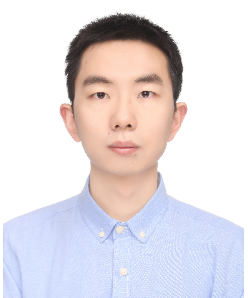点击次数:
DOI码:10.1007/s11431-022-2122-y
发表刊物:Science China: Technological Sciences
摘要:Traction force microscopy (TFM) is one of the most successful and broadly-used force probing technologies to quantify the mechanical forces in living cells. The displacement recovery of the fluorescent beads within the gel substrate, which serve as the fiducial markers, is one of the key processes. The traditional methods of extracting beads displacements, such as PTV, PIV, and DIC, persistently suffer from mismatching and loss of high-frequency information while dealing with the complex deformation around the focal adhesions. However, this information is crucial for the further analysis since the cells mainly transmit the force to the extracellular surroundings through focal adhesions. In this paper, we introduced convolutional neural network (CNN) to solve the problem. We have generated the fluorescent images of the non-deformable fluorescent beads and the displacement fields with different spatial complexity to form the training dataset. Considering the special image feature of the fluorescent images and the deformation with high complexity, we have designed a customized network architecture called U-DICNet for the feature extraction and displacement estimation. The numerical simulation and real experiment show that U-DICNet outperforms the traditional methods (PTV, PIV, and DIC). Particularly, the proposed U-DICNet obtains a more reliable result for the analysis of the local complex deformation around the focal adhesions.
第一作者:Shihai Lan
合写作者:Yong Su,Zeren Gao,Ye Chen,Han Tu
通讯作者:Qingchuan Zhang
文献类型:J
卷号:65
页面范围:3039–3056
是否译文:否
发表时间:2022-10-18
收录刊物:SCI
